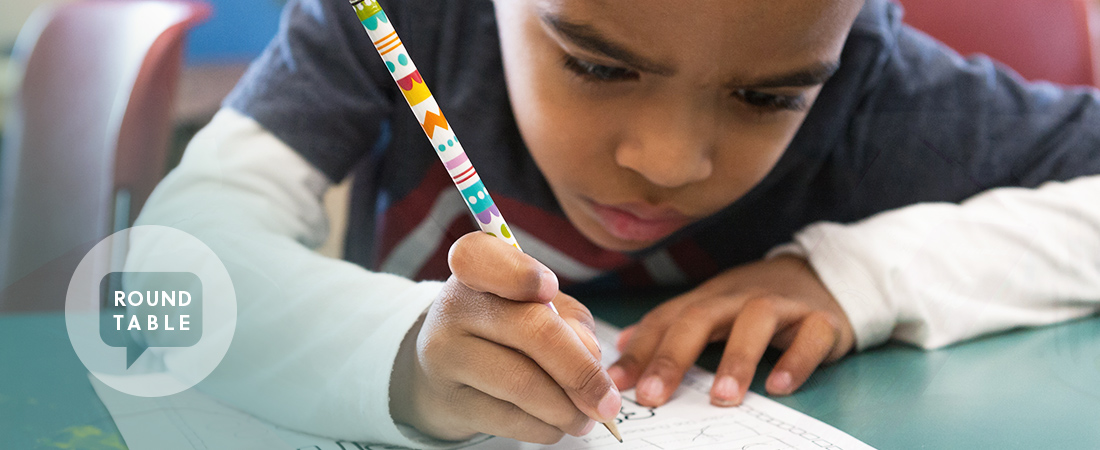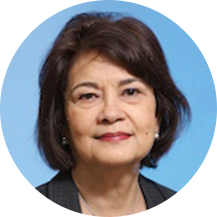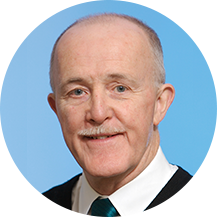How Can We Improve Learning for English Learners?

One in ten public school students in the United States is not yet fluent in English. These English learners (ELs) make up one of the fastest-growing student populations in the country.
ELs face a number of educational challenges. They are less likely to participate in gifted and talented programs and less likely to graduate high school than their non-English learner classmates, and their lack of English may be misidentified as a disability. These disparities in opportunity and achievement have long-term consequences for ELs, their families, and the communities in which they live. But, this does not have to be the case. EL students and their families bring assets that educators can nurture and promote.
EDC’s Carrie Parker, Maria-Paz Avery, and Mark Driscoll work to improve the educational services available to ELs in K–12 school systems. Here, they offer three ideas for boosting achievement among this underserved population.
Elevate English language teachers
English learners’ home language, culture, and life experiences are not always supported and respected in school. Related to this is how teachers of English as a second language (ESL) are often treated as second-class educators whose only role is to help kids learn English. This is a loss for everybody—ESL teachers are trained professionals and should be recognized as fully certified, legitimate educators.
One way to do this is to use a co-teaching model, where an ESL teacher is paired with a general classroom teacher. Both teachers then share the responsibility for teaching content and ensuring that instructional strategies that support comprehension for English learner students are used. Another approach is to integrate ESL teachers into professional development activities. They can highlight how the content of the professional development might affect ELs and work with other teachers to make adjustments.
Both these approaches help bring the perspectives and needs of EL students to the larger general education audience. This promotes respect for peoples’ differences and can actually help break down barriers between students and among the teaching staff. Both approaches also allow general education teachers to learn more about the needs of ELs, which may prompt them to improve their instruction.
Consider “ever-English learners”
Because of how the term English learners has been defined under No Child Left Behind (NCLB) and the Every Student Succeeds Act (ESSA), most state accountability reports on English learners’ academic performance only include students who are currently identified as English learners or recently reclassified as English proficient—they don’t include students who may have started in an EL program, become proficient in English, and then entered the general education stream.
Given this, it shouldn’t be surprising that ELs as a group have worse academic outcomes than non-EL students. When we think about academic outcomes or graduation, we would do well to consider a broader category called ever-English learners, which would include both current ELs and former ELs who have been reclassified as proficient. This categorization would allow researchers to see the achievements of these students as they learn English and progress through school.
It is still important to identify current ELs within the larger “ever-English learner” category in order to provide high-quality instruction aligned with their English proficiency level. But the new classification may give us more accurate information about graduation rates for all students who were, at one point, in an English learner program. There are a lot of EL success stories out there—we need to tell them.
Creating an ever-English learner category would also emphasize that English learners are not defined by a deficit of English, but that they actually bring cultural, educational, and linguistic assets that they carry with them as they become English proficient. Taking a longer view of English learners’ experiences in school benefits everyone. If we have better data, then we can provide better, and more equitable, instructional strategies for all learners, whatever their level of English fluency.
Make teaching a shared effort
English learners succeed when ESL teachers, general education teachers, school administrators, and instructional coaches all work together on their behalf. This shared effort starts with a schoolwide vision for how to improve educational outcomes among ELs. Educators should set high expectations and prioritize evidence-based instructional strategies. They should also make it clear that the academic performance of ELs is a priority in their school. Then, they should measure how well they are achieving those goals.
In New York, for example, I was part of a group that met monthly with mathematics teachers, school mathematics coaches, and ESL specialists. A core activity at each meeting was analyzing the student work examples that teachers had collected from their English learners. Rather than sitting idly by during the analyses, the ESL specialists dove into this activity. Their particular lens on learning, combined with that of the mathematics educators, seemed to broaden the analyses of student mathematical thinking and communication. I can remember several instances in which a mathematics teacher told me, “These conversations never happen in our school. They are so, so helpful.”

